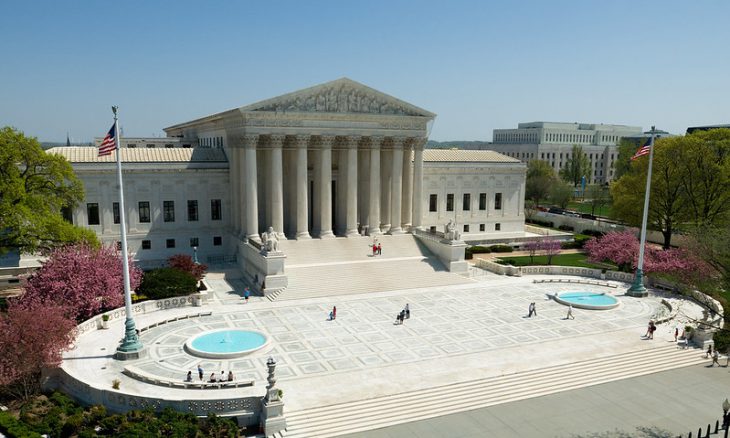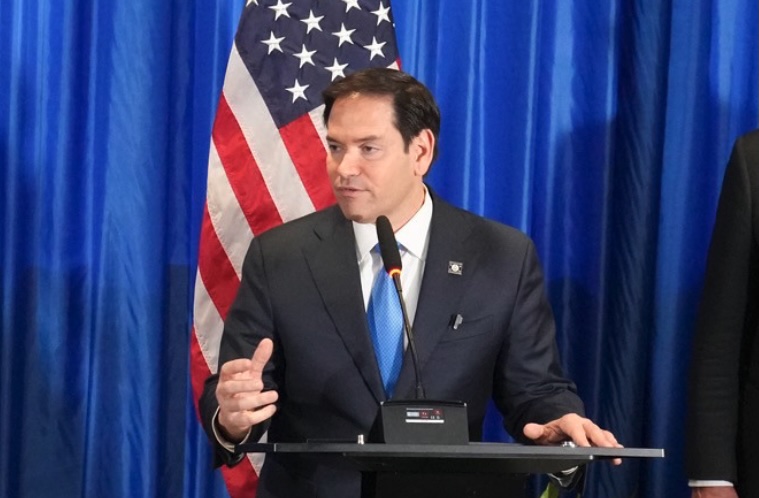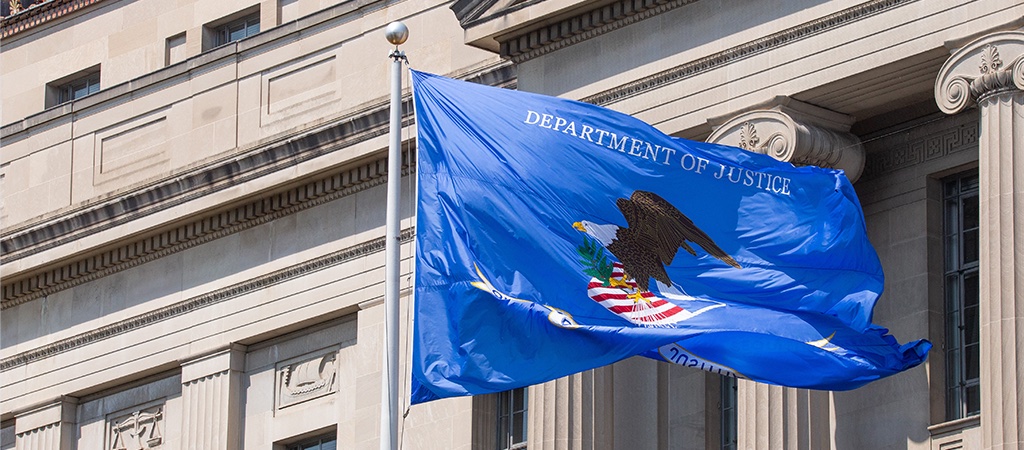The majority distinguishes “true threats” from reckless and careless speech.
The Supreme Court of the United States overruled the conviction of a Colorado man who had been accused of stalking and threatening a female musician. Lawyers for the defendant maintained that the man, who suffers from mental illness and delusions, did not intend his messages to be threatening.
The majority made the distinction between what they called a “true threat,” one that has to demonstrate that the speaker “had some subjective understanding of his statements’ threatening nature,” and a speaker merely being reckless with comments rather than intending them to be harmful.
The opinion, written by Justice Elena Kagan, said the court’s recklessness standard “offers enough breathing space for protected speech,” while it does not sacrifice too many of the benefits that come from enforcing laws against true threats. “The rule we adopt today is neither the most speech-protective nor the most sensitive to the dangers of true threats. But in declining one of those two alternative paths, something more important is gained: Not ‘having it all’—because that is impossible—but having much of what is important on both sides of the scale,” she wrote.
Justice Kagan wrote, in order to be a “true threat” the speaker must have had “some subjective understanding of the threatening nature of his statements.”
As the Lord Leads, Pray with Us…
- For the justices of the Supreme Court as they write the final decisions of this term.
- For wisdom for the justices as they deliberate and release rulings in their remaining cases.
- For Americans to use their freedom of speech prudently and not make threats against others.
Sources: SCOTUSblog, Forbes, Newsmax









